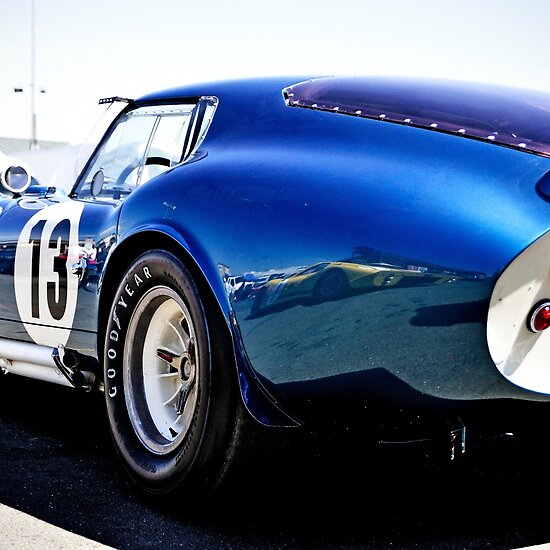Chemical engineering magazine in their August issue is running a story that has high importance to many people worldwide. Siemens has been running a demonstration unit for water desalination for the last 3 years based on a relatively niche technology called electro dialysis (ED). Apparently using this system reduces the costs of desalination as compared to reverse osmosis by half.
This is big news. First reverse osmosis membranes has a hefty market value of $9 billion and most of this comes from desalination. Being able to capitalize on that market, expand it and dominate it with a new technology would be very profitable for Siemens and its baseline. Secondly reverse osmosis usage is only going to increase so the market will tend to grow naturally even without a large step improvement in the technology. Obviously countries like Australia, Singapore and Israel have RO. Water scarcity in these countries rivals energy and environmental concerns with pressure on existing reservoirs and on reusing water. However large desalination plants exist in wetter countries such as the UK and other Northern European plants due to the pressure on the natural reservoirs.
Taking the UK as an example (I use it as I happen to have the data saved) we can look into more detail. Current water costs taken for the existing system in the UK are approximately €1/L though it varies widely on the authority. Using current electricity prices, RO water would cost approximately 0.80€/L before markup. This would suggest that either RO can be directly put into the water grid there or that the market is significantly larger than 0.20€/L (which is why we don’t see a lot of RO in the UK). The advent of the new technology would mean that desalination could actually compete as a standard technology (and not just because of scarcity) in the UK and countries with similar situations.
Indeed in drier countries, we may start to see RO being used for agricultural water which would certainly help reduce the depletions of various aquifers worldwide to supply farms. Water scarcity is going to be a major problem in the future with many countires already having a high water stress.




